Banisteriopsis Caapi – Peruvian Huitoto Cielo
Botanical name: Banisteriopsis Caapi
Type: Cielo
Plant part: Vine
Form: Shredded
Country: Peru
Region: Pevas, Iquitos
Tribe: Huitoto
Description
Banisteriopsis Caapi – Peruvian Huitoto Cielo
Shredded “Huitoto” vine from the Pevas area, down river from Iquitos, Peru. This vine is around 25 years old. One of the older shamans (curanderos) from this community does the planting of the vines. They are Bora and Huitoto Indians. Before they harvest it sacred Tobacco smoke is blown over the vine. They leave gifts of Tobacco around the Mother Vine to show respect and to give thanks. The roots of the mother vine remain in the ground and with time fresh Caapi grows once again and the circle continues. The harvesting of these vines happens in the early morning when they are at their most potent.
Banisteriopsis Caapi
Banisteriopsis Caapi, commonly known as Ayahuasca vine, is a perennial liana native to the Amazon rainforest. This botanical marvel belongs to the Malpighiaceae family and is characterized by its thick woody stems that can reach up to 10 centimeters in diameter, providing stability for its remarkable climbing ability. The elliptical leaves boast a glossy dark green hue with prominent veins running throughout. Ayahuasca’s peculiar flowers are inconspicuous and small, showcasing shades of yellow and pinkish-white.
These delicate blooms emit a distinct fragrance infusing the humid air of its natural habitat with an ethereal aroma during their short-lived blooming season. Furthermore, this vine has gained unparalleled attention due to its psychoactive properties attributed to harmala alkaloids such as harmine and tetrahydroharmine present in significant amounts within the stem bark. By meticulously combining Banisteriopsis Caapi with various psychotropic plants like Psychotria viridis or Diplopterys cabrerana during preparation rituals, indigenous tribes have unlocked centuries-old wisdom held within Ayahuasca’s botanical realm while exploring altered states of consciousness for ceremonious purposes.
Reviews (0)
Only logged in customers who have purchased this product may leave a review.
Legality
Disclaimer
Related products
Banisteriopsis Caapi
Banisteriopsis Caapi – Yellow Ayahuasca Vine, Whole, From Peru
Extracts
Caapi TPA (Banisteriopsis caapi) – Sage Extracts – Low Percentage Alcohol Tincture 5 : 1 – 10ml
Banisteriopsis Caapi
Banisteriopsis Caapi – Yellow Ayahuasca Vine, Shredded, From Peru
Banisteriopsis Caapi
Banisteriopsis Caapi
Banisteriopsis Caapi
Tucanaca (Banisteriopsis Caapi) Ayahuasca Vine – Roughly Shredded Caapi Vine from Brazil
Banisteriopsis Caapi
Caupuri (Banisteriopsis Caapi) Ayahuasca Vine – Roughly Shredded Caapi Vine from Brazil
Banisteriopsis Caapi

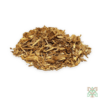
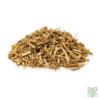

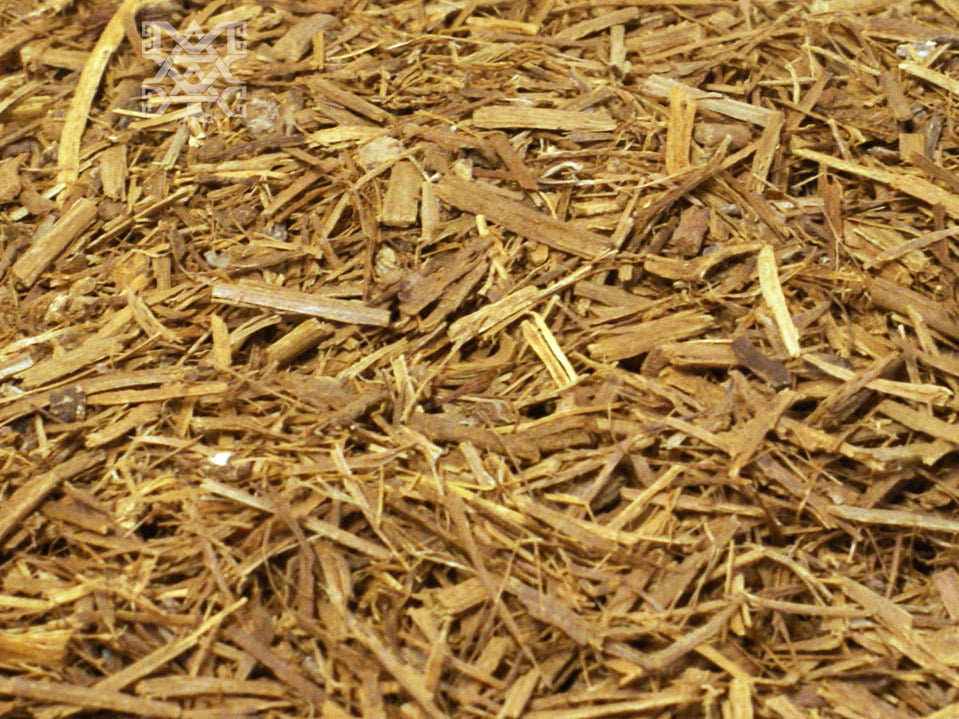
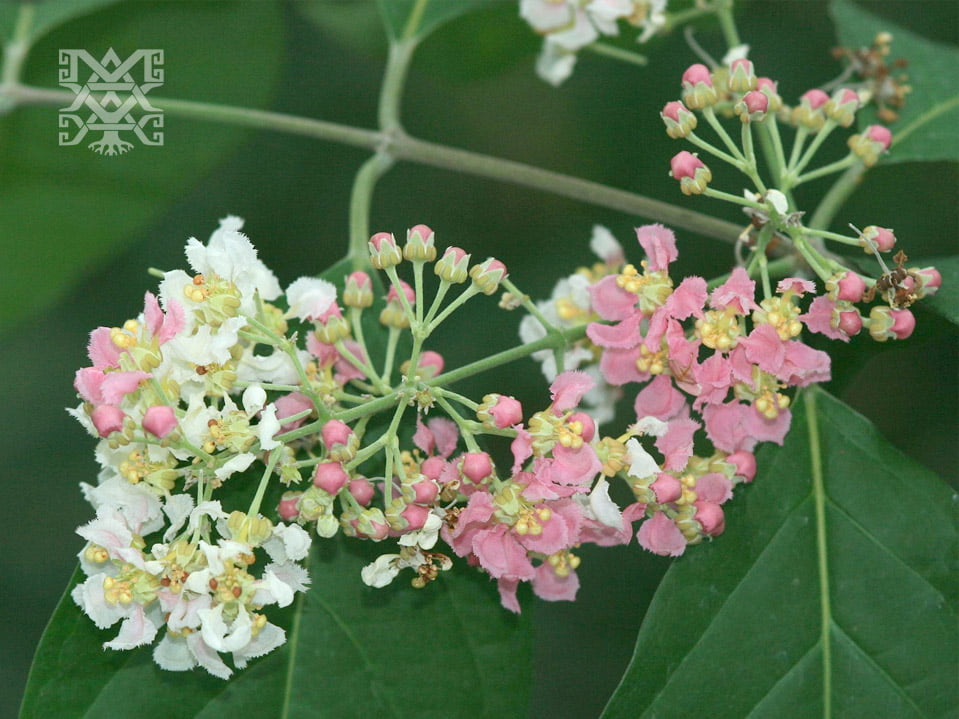
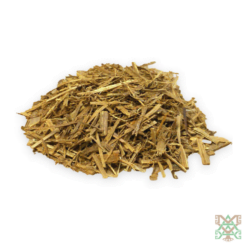
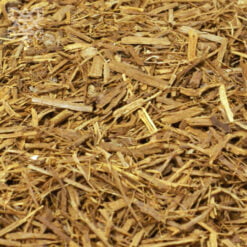
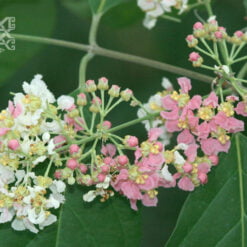
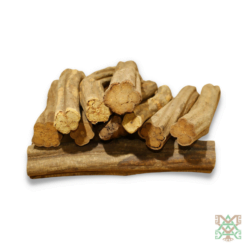
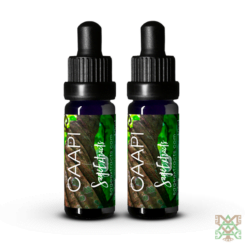
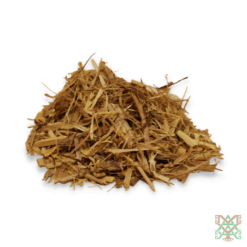
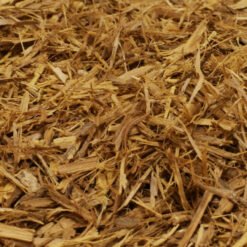
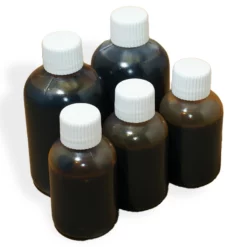
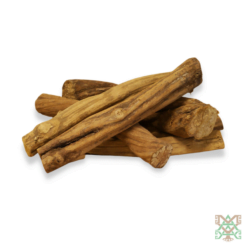
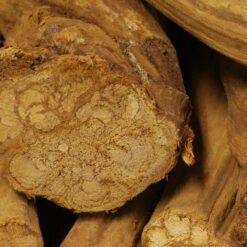
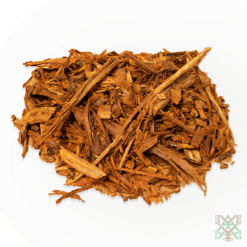
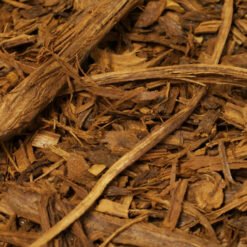
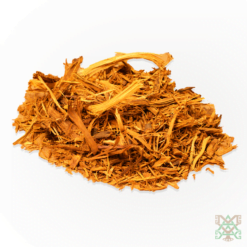
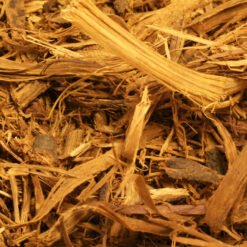
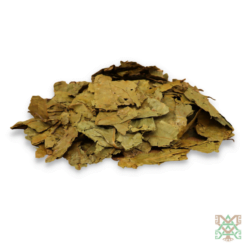
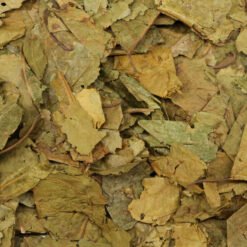
Reviews
There are no reviews yet.